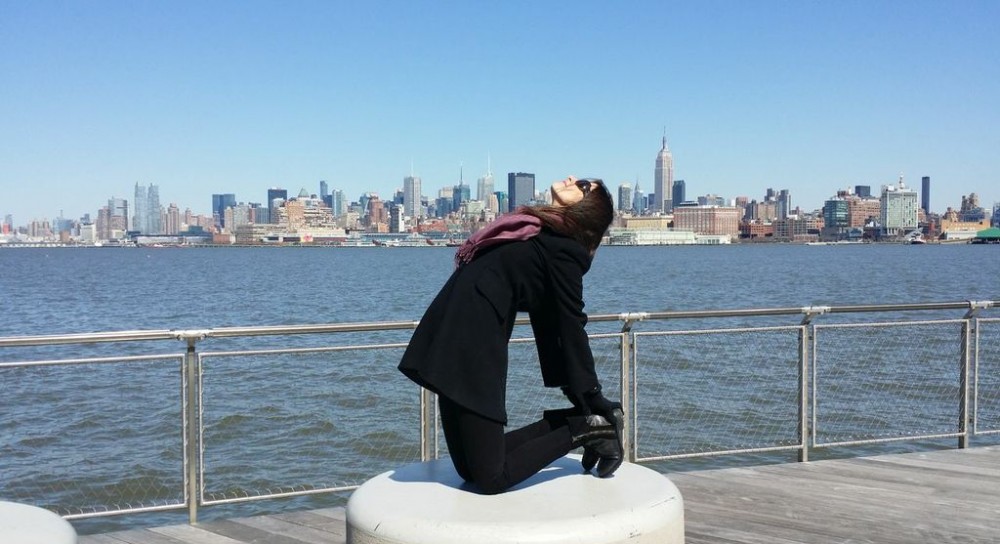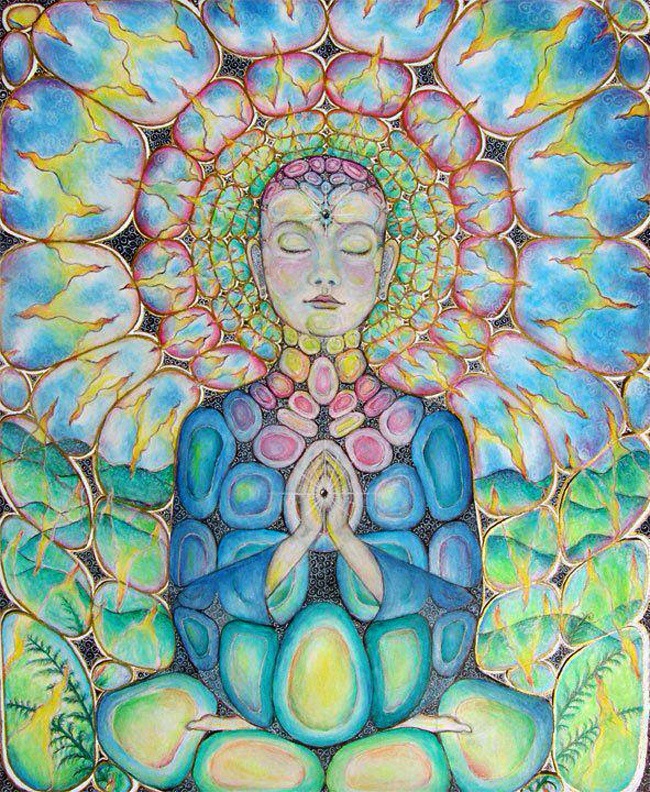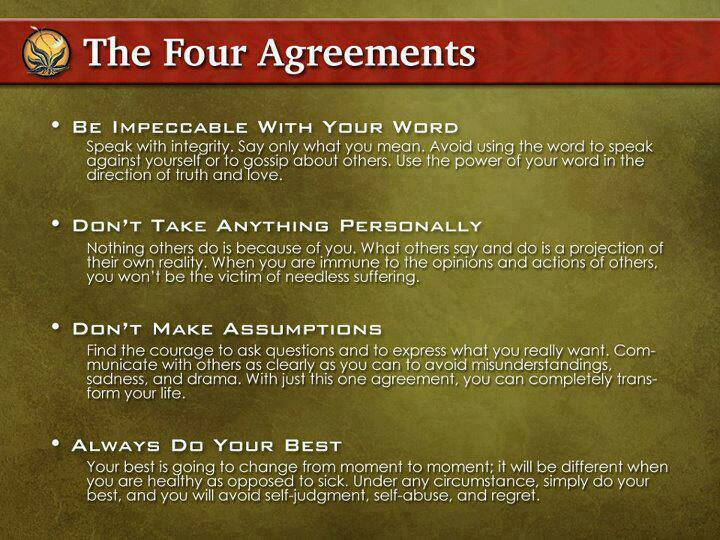Featured on MindBodyGreen
 Today I thought I’d write about the jewel of yoga poses, savasana, also known as corpse pose or relaxation pose, a posture of classic importance both on the mat and off the mat. Judith Lasater says that “The antidote to stress is relaxation. To relax is to rest deeply” – J. Lasater, Relax and Renew
Today I thought I’d write about the jewel of yoga poses, savasana, also known as corpse pose or relaxation pose, a posture of classic importance both on the mat and off the mat. Judith Lasater says that “The antidote to stress is relaxation. To relax is to rest deeply” – J. Lasater, Relax and Renew
We all know that racing around from one activity to the next can build up into a frenetic and stress-based approach to life. In this “place” we do not usually have much appreciation of life, and fatigue edges out our sense of peace and objectivity. A relaxed person copes better with everything. At the end of a yoga class, it’s necessary for the body-mind to integrate and assimilate all the energy from the flow of postures, breathing, and everything that was generated. It’s also a great stand-alone practice, and one that’s accessible to everyone.
The great thing about savasana is its simplicity, although you can spiff it up with a few pillows or cushions, a chair, or bolster for those of you who have stiff backs. Also, savasana is excellent yoga therapy for everyone. In fact, take a look at some of the benefits of regular practice and check off the ones you may want to add to your recipe for life and healthy, balanced, living.
A regular practice can improve your breathing, reduce stress hormones, slow down heart rate and blood pressure, relax your muscles, increase energy and focus, combat illness, relieve aches and pains, heighten problem-solving abilities, boost motivation and productivity, and can increase happiness by releasing immunomodulators to change brain chemistry.
Sound good? Well, usually the hardest part of trying anything new is setting aside time for it, and removing your expectations (and your shoes). In the beginning, or even for those students who have regular yoga practices, you may have days when the mind just does not want to cooperate. That’s ok. Practice anyway. Build to a 15-minute zone. Start where you are, but do start. You may want a timer, a “do not disturb sign,” try to turn off cellular phones, etc. Common sense stuff.
To help you initiate your practice, here are seven simple steps to get you started:
1. Get ready by settling in on the floor, with any support you require. I recommend a neck pillow (forehead slightly higher than chin).
2. Invite stillness and silence as if they were old friends, with grace and gratitude.
3. Relax the body, moving your awareness up from feet to head, then down from head to feet.
4. Ask your breath to settle, as you allow the body to take the support that is under it.
5. Continue to be aware of your breath; thoughts and emotions may surface — that’s ok — but don’t follow these with drama.
6. Without pull or push, receive the inhale and let go with the exhale.
7. Keep feeding the calm waves of breath and let your mind relax into this state.
Remember, it’s called a “practice,” so practice!
Photo Credit: Shutterstock.com








